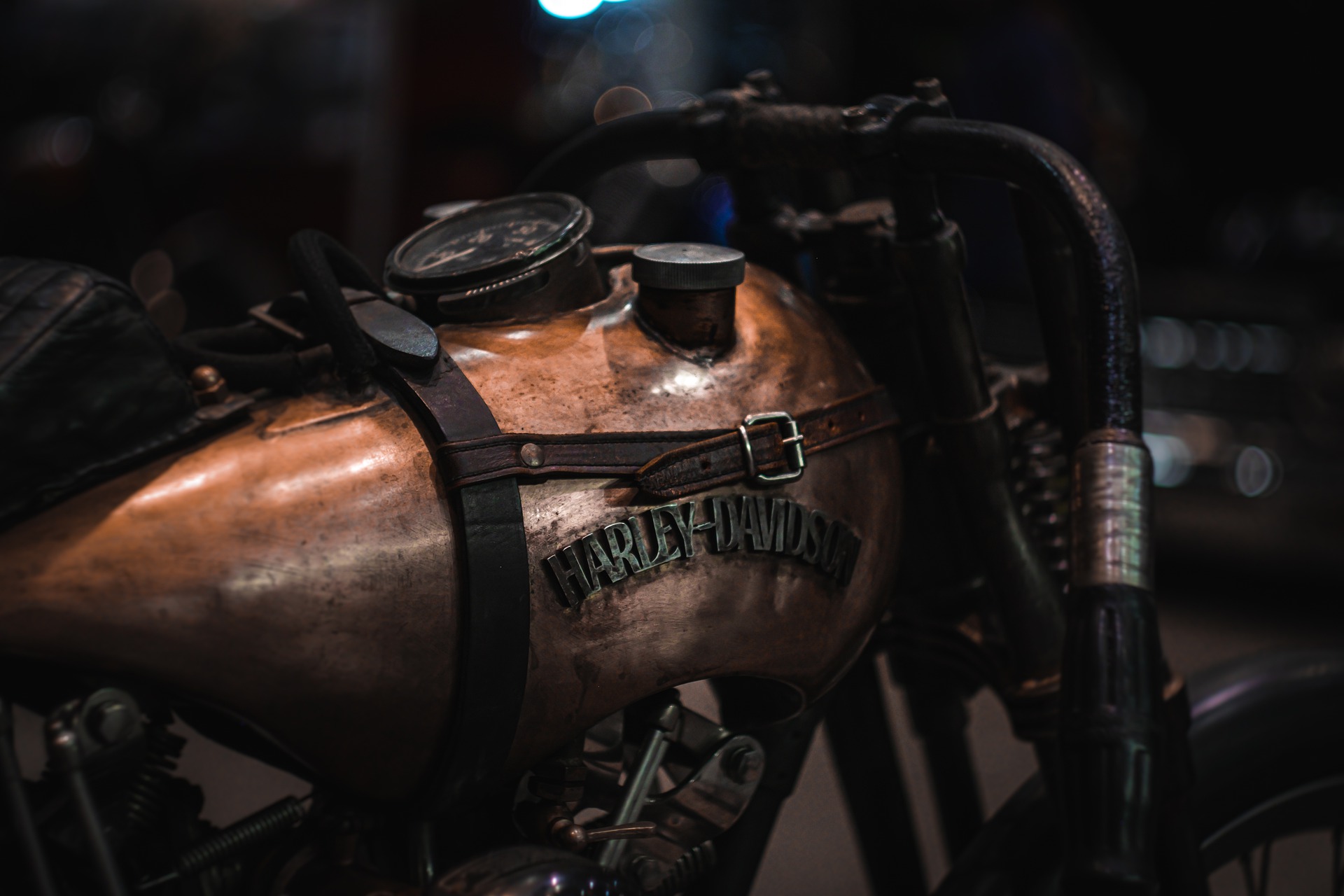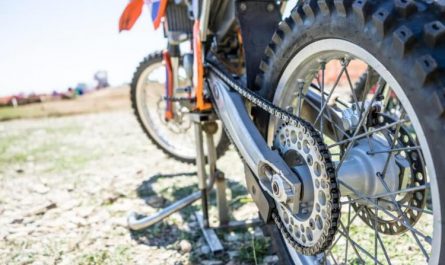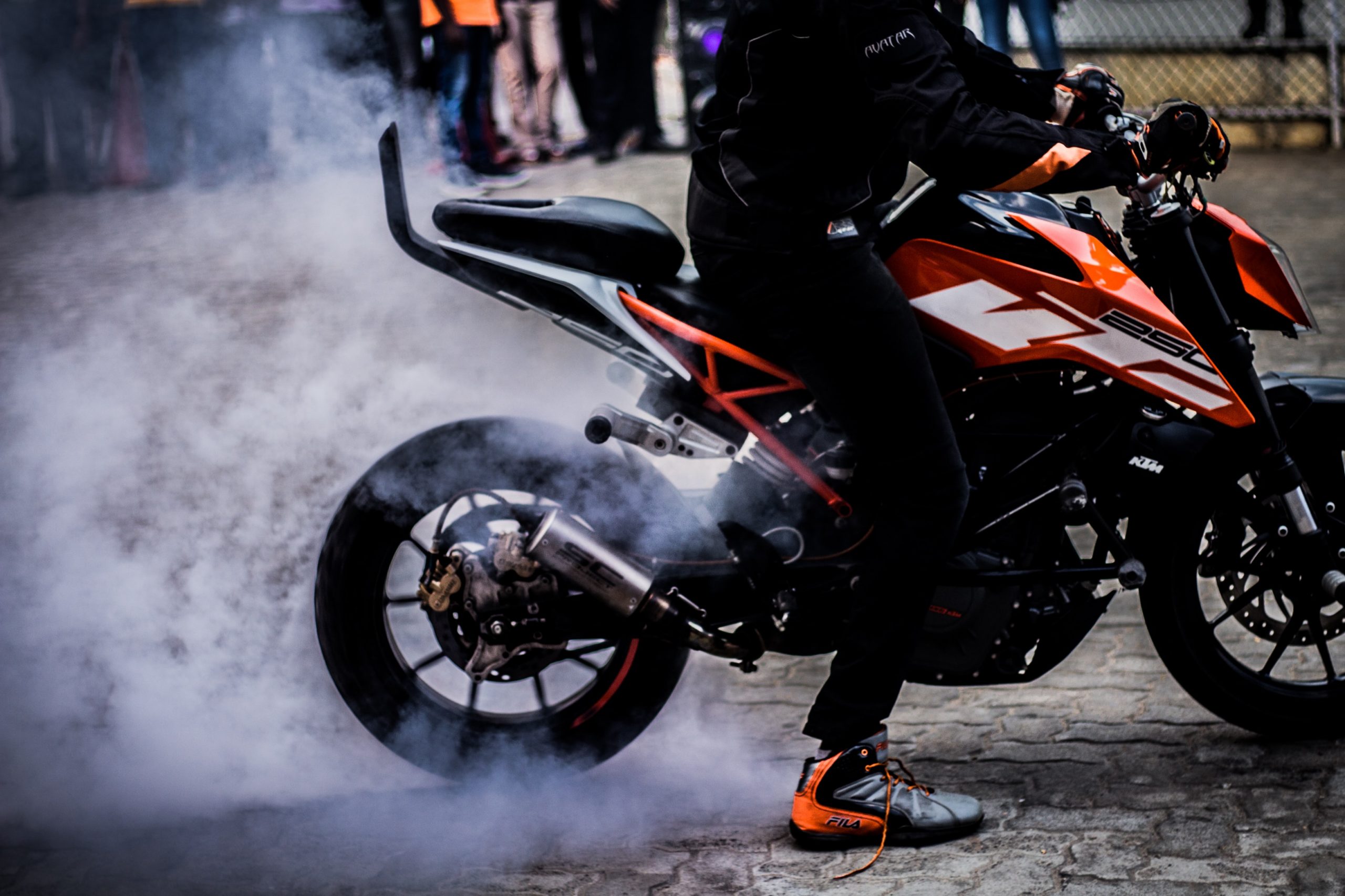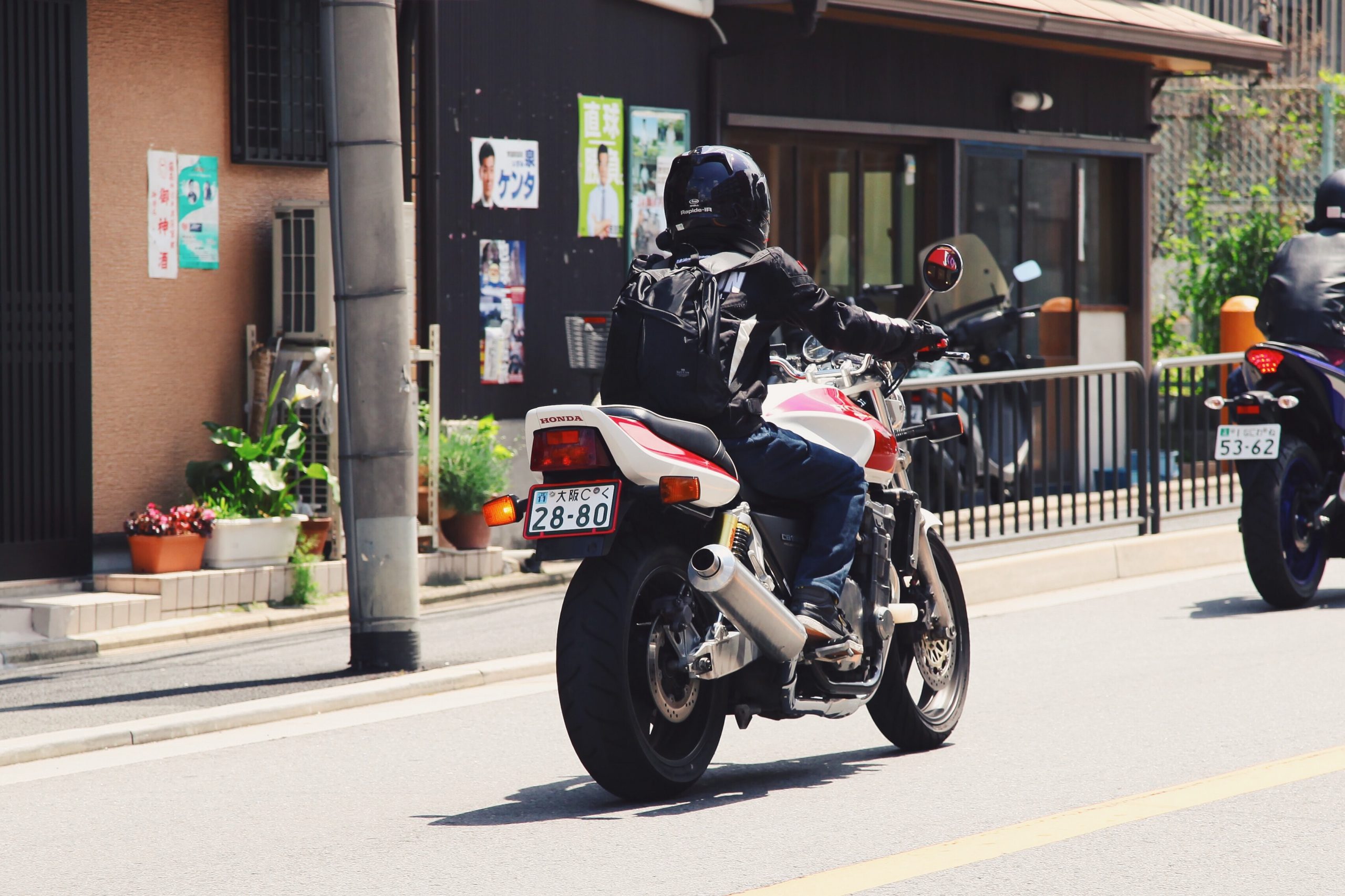The tank is one of the most exposed parts of the motorcycle. Indeed, the tank is not immune to knocks, dents, surface scratches, wear due to recurrent contact with the clothes. This is also what causes the tank to age faster than the other compartments of the bike. Therefore, is the tank of your motorcycle presenting problems? Is it dented, dented or even dented? Are you wondering how to fix it? Discover all the useful answers in the following lines ...
Problem with the motorcycle tank: what is the cause?
A motorcycle usually requires a lot of maintenance. Whether you ride little or every day, maintenance helps to ensure your safety but also to preserve the value of the motorcycle. Thus, you may be faced with concerns that are sometimes linked to the tank, including:
1- The rusting motorcycle tank
As it ages, gasoline leaves unsightly stains in the tank. These particles certainly remain insoluble with gasoline. However, some of them come off to clog the filters, nozzle, pump, etc. Note that metal tanks are more sensitive than other prototypes. Rust succeeds, in the majority of cases, in piercing them. Needless to say, a rusty tank with a hole is doubly dangerous.
2- The hissing motorcycle tank
It is not uncommon to see a hissing sound coming from the tank quite often. This noise follows a sudden stop after long kilometers on the road. As a result, the tank remains in vacuum (venting systems often have a valve system that leaves a slight vacuum inside). So when you stop, a fine stream of air will subtly enter through the plug from where the hissing sound. In addition, the tank may hiss when you stay in the sun for a long time. In this case, the air and gasoline will expand in the tank. This means that the deletion will not be able to evacuate properly. Therefore, when you open the cap, a high-pitched noise occurs. But, the air is going out this time. It should be remembered that the whistling is almost normal, nothing really alarming.
3- The motorcycle tank that moves
After having disassembled its tank, you must take care to reassemble it correctly otherwise you will find that it does not stop moving. In the long run, this can cause serious malfunctions on the machine.
How to maintain your motorcycle tank?
In reality, it is rare to find an owner's manual that will tell you how to properly maintain the motorcycle's fuel tank. People are often hesitant to do this because they are afraid of the consequences that an uncontrolled DIY could have. However, with a minimum of skill, patience and tools, you will be able to descale the tank of the motorcycle well. Here are some steps to follow in order to have a successful cleaning ...
Step 1: disconnect the motorcycle tank
The first thing to do is to disconnect the tank. This is absolutely essential. If you don't, you won't be able to access or clean the room safely. It is important to disconnect it and unscrew the bolts that hold it in place.
Step 2: Seal the fuel line
Next, the fuel line must be sealed. This should only be done after detaching it. Otherwise, residual gasoline will come out of the line, but also dust and other objects could be found there. This can cause engine problems.
Step 3: empty the tank
Then empty the tank and pour the remaining gasoline into a suitable container that does not present any danger for the conservation of such a product. To do this, you can use a suction hose or similar instrument to be able to empty it.
Step 4: Examine the tank
Now is the time to take a deep look at the reservoir. It is important that you can take the time to examine it carefully for any problems that may compromise its effectiveness. For example, rust, defects or the like that can constitute potential accident hazards or damage the engine.
Step 5: Spray water into the tank
To finish, spray water at high pressure in the tank which allows to eliminate all that there is like deposit or accumulation on the bottom of this one. At the same time, you should avoid getting chemicals, such as soap, into the tank. Such elements could seriously jeopardize the life expectancy of your engine.
Conclusion
The tank is one of the parts of the motorcycle that deserves special attention. It is therefore necessary to maintain it regularly. Usually, the tank problem can be solved without seeking professional expertise. However, if the concern is still present, the ideal is to make an appointment with an experienced mechanic. This will allow you to enjoy your beautiful machine in peace and safety!




